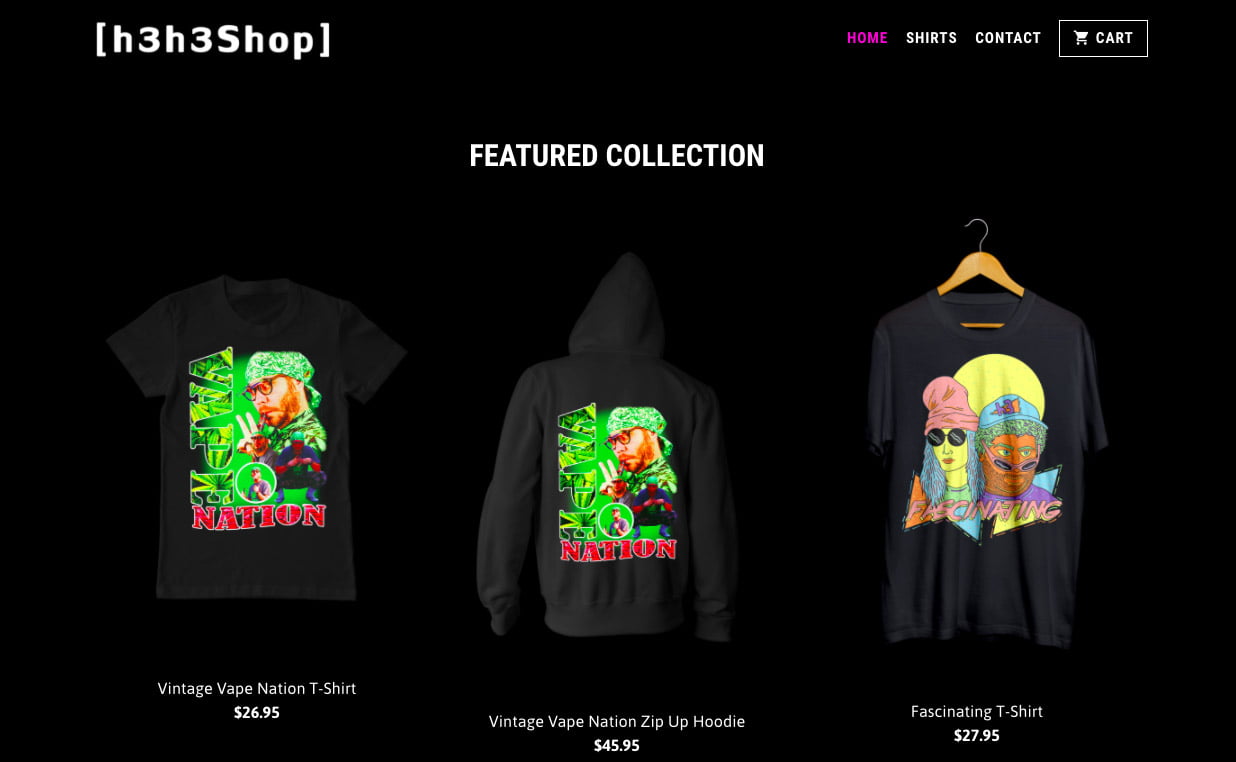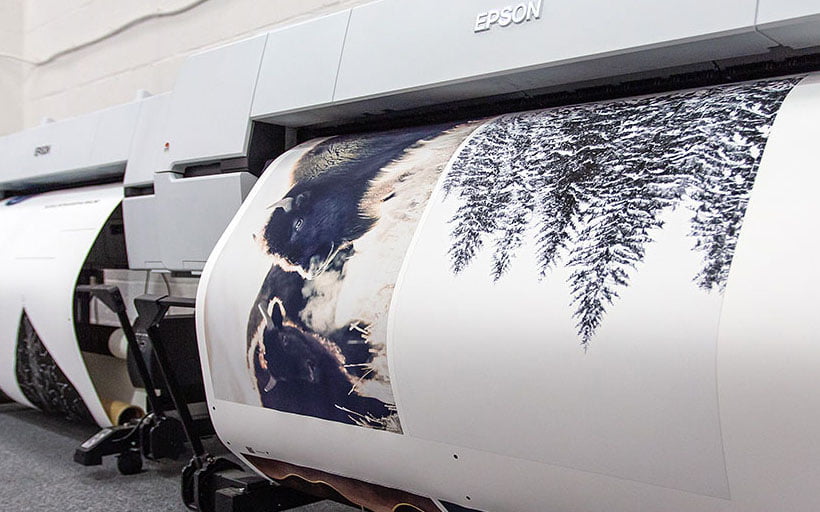How reliable is your YouTube ad revenue

Tags
Interested in joining the world's leading print on demand platform?
Changing monetization rules, new algorithm tests and a never-ending stream of controversy have seen ad revenues plummet for creators across YouTube.
Firstly, let's address the #Adpocalypse…
It began with the revelation that some brands' campaigns were being placed on videos that contained some deeply offensive material including hate speech and terrorism.
Brands, understandably, were quick to pull their ad dollars from YouTube. Major companies like AT&T, General Motors, Walmart and Verizon immediately stopped their campaigns in their tracks, costing YouTube an estimated $750m plus in advertising revenue for 2017.
Scandals have continued to besiege the platform. In early 2019 Matt Watson published a video exposing a truly dark side of YouTube. More companies are pulling ads in response - including Fortnite developer Epic Games.
And unsurprisingly, with less ad dollars to go round, YouTube creators have seen their AdSense revenues plummet.
Some, such as Ethan and Hila Klein, the brains behind h3h3productions, have claimed to be making as little as 15% of what they made before the 2017 boycott. And they're not on their own. Far from it.
And that's not the end of the current gripes for YouTubers. The platform's ‘hit-and-miss' machine learning algorithm has drawn the ire of creators, who claim that their videos are often being demonetised without justification or proper communication.
On a broader level, there's a growing feeling that YouTube is increasingly starting to look past individual creators, with preferential treatment for media giants and big businesses.
This is a criticism levelled at other leading social channels, too — Facebook algorithm changes, for example, have meant that creators now need to pay for boosting their own posts to ensure that their own fans see them.
It seems to be getting harder and harder for individual creators to grow and monetise their channels.
YouTube giveth, YouTube taketh away
So what's the takeaway from all of this? Well, put simply, it's a perfect demonstration of how circumstances totally beyond your control can do profound damage to your revenue, your work and your livelihood
Going forward, of course it's still going to be possible to monetise your content on platforms like YouTube. At least to some extent.
But when your content is likely to be crowded out by the big boys, and ad dollars can be pulled at any time for reasons absolutely beyond your control – is that really enough?
Without any control over your earnings, choosing YouTube as your exclusive online home is like selecting a rickety old shack, built on wobbly, sandy foundations. Eventually, it's all going to come crashing down.
And this all underlines how crucially, vitally important it is for you, as a creator, to diversify your revenue streams. In other words, to establish and nurture multiple sources of monetisation, to safeguard against these kind of unforeseen and uncontrollable circumstances.
Different worlds
Luckily, there are more strategies at your disposal than ever before.
We're increasingly seeing creators operate a presence on different channels like Twitch.
Patreon, too, is gathering tremendous momentum, and is an incredibly popular home for creators content and community. It also provides a business model whereby the creator controls the monetisation aspect of their business, with the net result being much more simple and predictable monthly revenue.
Influencer merchandising is another area experiencing rapid growth, and is probably the number 1 tactic you need to be exploring further.
Creators are able to promote their own, branded products to their communities. With print on demand and dropshipping services allowing creators to focus solely on design and marketing.
Order fulfilment and logistics are taken care of by a trusted third party like Prodigi and, crucially, there's no upfront cost to you. You only pay after your customers have made a purchase.
Many of the old headaches associated with setting up and operating a merchandising operation simply no longer apply.
Pushing your own products comes with a sense of authenticity that isn't always easy to achieve when pushing other peoples' products. And, of course, you already have a golden advantage in the world of ecommerce: a loyal, committed audience.


Closing thoughts
YouTube has always been a tremendous vehicle for creators to publish monetised content — but it's hard to shake the feeling that the vehicle is losing momentum.
Who knows, creator ad revenues might well bounce back and even exceed what they were in the past. But the simple fact is that, whenever you share your content on a platform you don't control, you're at the mercy of circumstances. The rug can always be pulled from underneath you, and that can have a catastrophic effect on your earnings.
There's never been a better time for influencers to look into establishing new, robust revenue streams — and merchandising is definitely one you should be looking at.
A simple way to add an additional revenue stream to your business - one that you can control. Check out our Shopify App.



